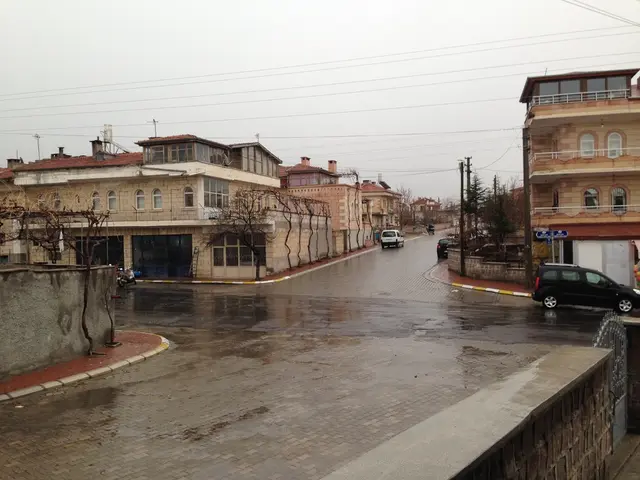Doji Candlestick Pattern Explained: Its Nature and Strategies for Trading
The Doji candlestick pattern, a crucial component of technical analysis, is a type of candlestick formation that can provide valuable insights into future price movements. This pattern, which consists of two parts called "wick" and "body," was first introduced by Steve Nison.
In a Doji candlestick, the opening and closing price of the asset are roughly equal. The wick, represented by the vertical line, indicates the range of price movement during the day, while the body, the horizontal line, represents the difference between the opening and closing price.
There are several different types of Dojis, each with its unique significance. These include the Neutral Doji/Doji star, Long-Legged Doji Pattern, Gravestone Doji, Dragonfly Doji, and 4 Price Doji.
A Gravestone Doji, for instance, is generally seen as a bearish signal as sellers managed to hold control for most of the day, but buyers stepped in near the close. Conversely, a Dragonfly Doji is typically interpreted as a bullish reversal pattern since buyers were able to overcome selling pressure and push prices higher.
While the Doji pattern can signal a potential change in the direction of the current trend, it is not always reliable. It should be used in conjunction with other technical indicators before taking any action. The Doji candlestick pattern should be used in conjunction with other technical indicators to form a complete trading strategy.
A tri-star, or 3 Dojis in a row, might indicate a potential change in the direction of the current trend. However, it is essential to consider the overall market sentiment and preceding and possible subsequent price movements when interpreting this pattern.
It's important to note that a Doji breakout, which occurs when the price moves above or below the Doji's high or low, respectively, signaling that one side has won the battle and that prices are likely to continue in that direction, is not a guarantee of future price movements.
The Spinning Top, another candlestick pattern similar to the Doji, has a small body and long upper and lower wicks. The main difference between a Doji and a Spinning Top is that a Doji has its open and close prices at the same level, while a Spinning Top has a slightly higher open or lower close.
In conclusion, the Doji candlestick pattern is a valuable tool for traders, but it should be used with caution. By understanding the different types of Dojis and their implications, traders can make informed decisions and potentially predict future price movements. However, it is essential to remember that the Doji pattern should never be used in isolation and should always be combined with other technical indicators to form a comprehensive trading strategy.
Read also:
- Federal petition from CEI seeking federal intervention against state climate disclosure laws, alleging these laws negatively impact interstate commerce and surpass constitutional boundaries.
- Duty on cotton imported into India remains unchanged, as U.S. tariffs escalate to their most severe levels yet
- Steak 'n Shake CEO's supposed poor leadership criticism sparks retaliation from Cracker Barrel, accusing him of self-interest
- Hydrogen Energy: Sustainable Innovation or Resource Exploitation?




